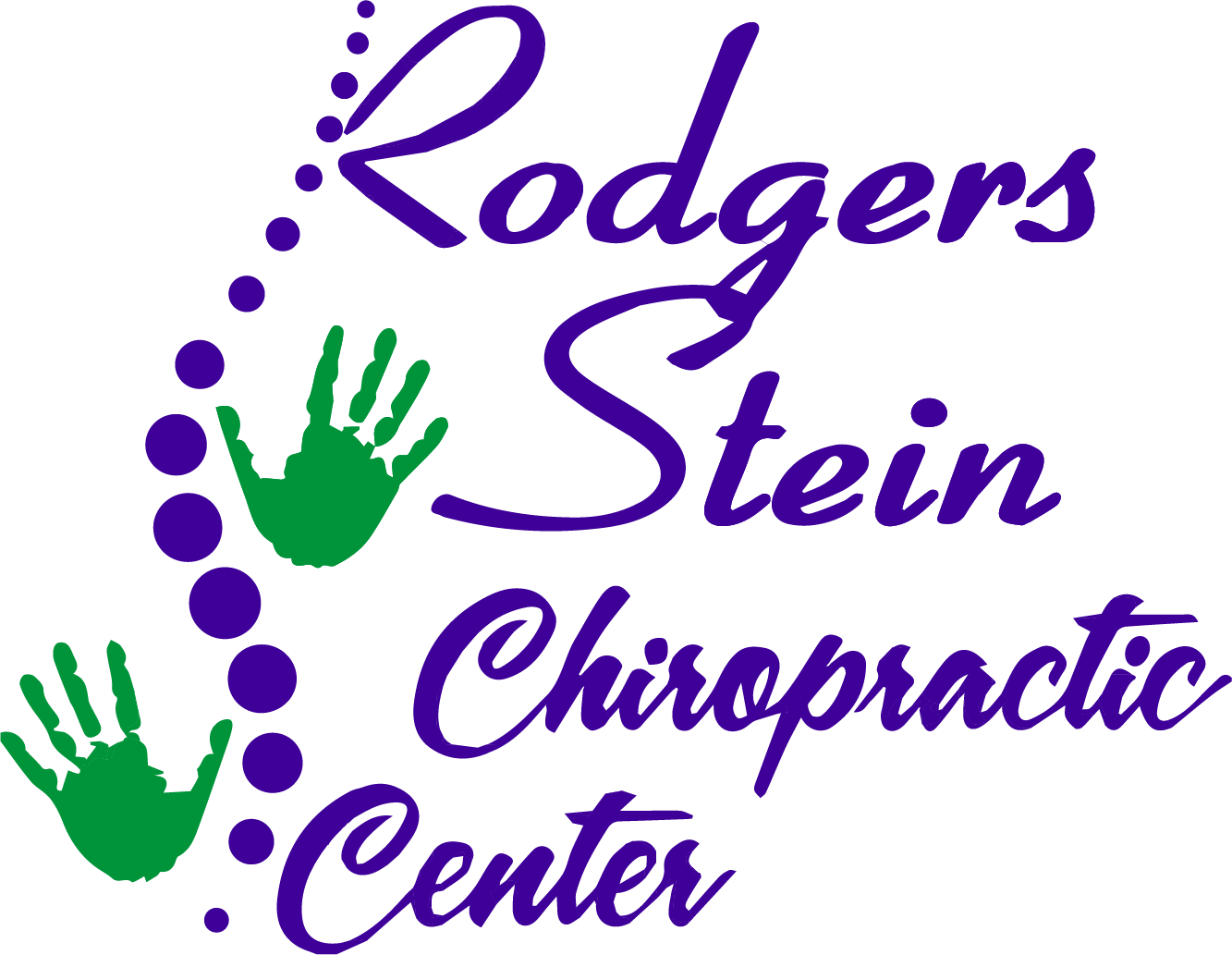If you've been struggling with chronic pain, you might wonder how chiropractic care can offer relief. By focusing on the root causes of your discomfort, chiropractic adjustments aim to restore your body's natural alignment and function. This approach not only targets pain but also enhances your overall well-being, potentially allowing you to move more freely. However, the specific techniques and benefits can vary widely, leaving many curious about what to expect. What exactly can chiropractic care do for you?
Understanding Chronic Pain
Chronic pain can linger for months or even years, often affecting your daily life in ways you mightn't expect. You may find simple tasks, like getting out of bed or walking up the stairs, to be intimidating challenges.
It's important to understand chronic pain for managing it effectively. Unlike acute pain, which serves as a warning sign for injury or illness, chronic pain persists long after the underlying issue has resolved. It can stem from various sources, including past injuries, conditions like arthritis, or even nerve damage.
Sometimes, you may experience pain without a clear physical cause, making it all the more frustrating. You might also notice that chronic pain can fluctuate in intensity, influenced by factors such as stress, weather changes, or activity levels.
This unpredictability can create a cycle of anxiety and fear about potential flare-ups, which can further exacerbate your pain. As you navigate this journey, it's vital to recognize that you're not alone; many others face similar challenges.
The Role of Chiropractic Care
When dealing with persistent pain, many people seek out various treatment options, and chiropractic care often emerges as a popular choice. This form of healthcare focuses on diagnosing and treating musculoskeletal disorders, primarily through spinal manipulation. Chiropractors aim to restore proper alignment and function to your spine, which can alleviate pain and improve overall well-being.
Chiropractic care plays a vital role in managing chronic pain by addressing the root causes rather than just masking the symptoms. By improving spinal alignment, you may experience several benefits, including:
- Reduced pain: Alleviating pressure on nerves can lead to significant pain relief.
- Enhanced mobility: Increased range of motion allows for better movement and less stiffness.
- Improved posture: Correcting spinal misalignments can help maintain proper posture, reducing strain.
- Increased energy: Proper alignment may enhance circulation and overall energy levels.
- Holistic approach: Chiropractic care often includes lifestyle and nutritional advice, promoting long-term health.
Many patients find that regular chiropractic adjustments not only help with pain management but also contribute to a better quality of life.
Incorporating chiropractic care into your routine can be an effective strategy for managing chronic pain, allowing you to regain control over your daily activities and enjoy life more fully.
Techniques Used in Chiropractic
In chiropractic care, you'll encounter several effective techniques designed to alleviate pain and improve function.
Spinal adjustments, soft tissue therapy, and exercise rehabilitation are key methods that work together to support your healing process.
Let's explore how each technique can benefit you on your journey to recovery.
Spinal Adjustments Explained
Spinal adjustments are a cornerstone of chiropractic care, designed to restore proper alignment and function to the spine.
These adjustments improve mobility, relieve pressure on nerves, and enhance overall well-being. Your chiropractor uses various techniques to achieve these goals, tailoring each approach to your specific needs.
Common techniques include:
- Diversified Technique: A hands-on method focusing on restoring alignment and improving joint function.
- Gonstead Technique: Involves a thorough analysis of your spine, using precise adjustments to correct misalignments.
- Activator Method: Utilizes a handheld instrument to deliver a gentle impulse to the spine, making it ideal for those who prefer a less forceful approach.
- Flexion-Distraction: This technique gently stretches the spine, creating space between vertebrae and alleviating pressure on discs and nerves.
- Thompson Technique: Involves a specialized table that drops slightly during an adjustment, allowing for a quick and effective correction.
Soft Tissue Therapy
While spinal adjustments focus on realigning the spine, soft tissue therapy complements these treatments by targeting muscles, ligaments, and tendons. This approach is essential in addressing chronic pain, as tight or damaged soft tissues can contribute considerably to discomfort and dysfunction.
Your chiropractor may use various techniques during soft tissue therapy, such as massage, myofascial release, and trigger point therapy. Each method aims to alleviate tension, improve circulation, and enhance flexibility. For instance, massage helps relax tight muscles and promotes blood flow, which can accelerate healing.
Myofascial release targets the fascia, the connective tissue surrounding muscles, to relieve restrictions. Trigger point therapy focuses on specific points within a muscle that cause pain and discomfort, helping to release these tight spots.
You might also experience techniques like active release, where your chiropractor guides you through specific movements to stretch the tissue while applying pressure. This hands-on approach can considerably reduce pain and improve your overall mobility.
Exercise Rehabilitation Techniques
Exercise rehabilitation techniques play an essential role in chiropractic care, helping you regain strength, flexibility, and stability after injury or chronic pain.
By integrating specific exercises into your treatment plan, chiropractors can address your unique needs and promote healing. These techniques not only facilitate recovery but also empower you to take control of your health.
Here are some common exercise rehabilitation techniques you might encounter:
- Stretching Exercises: Improve flexibility and range of motion.
- Strengthening Exercises: Build muscle strength to support your joints.
- Stabilization Exercises: Enhance core stability for better posture and balance.
- Aerobic Conditioning: Boost cardiovascular health and overall endurance.
- Functional Movement Training: Focus on movements you perform daily to improve overall function.
Benefits of Chiropractic Treatment
Chiropractic treatment offers you improved mobility and flexibility, helping you move with greater ease.
You'll also find natural pain relief methods that can reduce reliance on medication.
Improved Mobility and Flexibility
Many people experience improved mobility and flexibility after just a few chiropractic sessions. You might notice that movements you once found difficult become easier and more fluid. This enhancement in your range of motion can greatly improve your overall quality of life, allowing you to engage in activities you love without discomfort.
Chiropractic adjustments target misalignments in your spine and joints, which can restrict movement. By correcting these issues, you're likely to experience several benefits, including:
- Increased joint mobility, making daily tasks easier
- Enhanced flexibility, which helps in physical activities and sports
- Reduced stiffness, allowing for smoother movements
- Improved posture, which can alleviate tension and discomfort
- Greater overall physical performance, contributing to a healthier lifestyle
With regular chiropractic care, you'll likely find yourself moving with greater ease and confidence.
This newfound mobility not only helps in physical activities but also fosters a more active and fulfilling lifestyle.
Natural Pain Relief Methods
Pain relief options abound, but few are as effective and all-encompassing as chiropractic treatment. When you choose chiropractic care, you're tapping into a natural method that focuses on your body's ability to heal itself. This approach targets the root causes of your pain, rather than just masking the symptoms with medication.
Chiropractic adjustments realign your spine and improve your overall function, which can lead to significant pain relief. By restoring proper nerve function, you can experience reduced inflammation and improved blood flow, both of which contribute to alleviating pain. Unlike conventional pain relief methods that often involve pharmaceuticals, chiropractic care emphasizes natural healing processes.
Additionally, chiropractors often provide personalized treatment plans that may include exercises, nutritional advice, and lifestyle modifications. This all-encompassing approach empowers you to take an active role in your recovery.
You'll not only find relief from chronic pain but also gain tools to prevent future issues. With chiropractic treatment, you're not just treating your pain; you're embracing a healthier, more balanced lifestyle.
It's a proactive way to manage discomfort without relying on invasive procedures or medications that can have unwanted side effects.
Enhanced Overall Wellbeing
When you seek chiropractic treatment, you're not just aiming for pain relief; you're also investing in your overall wellbeing. Chiropractic care goes beyond addressing specific pain points; it promotes a holistic approach to health that can greatly enhance your quality of life.
By realigning your spine and improving your nervous system function, you create a foundation for better physical and mental health.
Here are some benefits you might experience from chiropractic treatment:
- Improved posture: Correcting spinal alignment helps you maintain better posture, reducing strain on muscles and joints.
- Enhanced mobility: Regular adjustments can increase your range of motion, making daily activities easier and more enjoyable.
- Stress reduction: Chiropractic care can help alleviate physical tension, leading to lower stress levels and improved mental clarity.
- Better sleep quality: As your body finds balance, you may notice improvements in your sleep patterns, allowing for deeper rest.
- Strengthened immune system: A well-aligned spine supports ideal nerve function, which can enhance your immune response.
Scientific Evidence Supporting Chiropractic
How effective is chiropractic care in managing chronic pain? Research shows that chiropractic treatment can greatly alleviate discomfort and improve quality of life for many individuals. Numerous studies have examined the effects of chiropractic adjustments on conditions like lower back pain, neck pain, and headaches.
For instance, a systematic review published in the Journal of the American Medical Association found that spinal manipulation is as effective as conventional treatment for chronic lower back pain.
You might be surprised to learn that chiropractic care not only addresses pain but also enhances function. A study in the journal Spine revealed that patients receiving chiropractic adjustments reported greater improvements in mobility and daily activities compared to those who didn't receive such care.
Moreover, the American College of Physicians recommends chiropractic care as a first-line treatment option for acute and chronic lower back pain, highlighting its growing acceptance in the medical community.
Additionally, a meta-analysis published in the Cochrane Database of Systematic Reviews concluded that chiropractic manipulation can provide considerable relief for tension-type headaches and migraines.
These findings underscore the importance of considering chiropractic care as part of a thorough pain management strategy.
Personal Success Stories
Many patients have shared transformative experiences with chiropractic care, illustrating its profound impact on chronic pain management. As you consider chiropractic for your own issues, you might find inspiration in the stories of others who've walked a similar path.
These personal success stories highlight how chiropractic adjustments can lead to significant improvements in quality of life.
Here are a few common themes in these transformative experiences:
- Reduced Pain Levels: Many report a noticeable decrease in chronic pain, allowing them to engage in daily activities once again.
- Improved Mobility: Patients often find they can move more freely, reducing stiffness and increasing range of motion.
- Enhanced Sleep Quality: With pain relief, several individuals experience better sleep patterns, leading to increased energy and liveliness.
- Increased Overall Well-being: Beyond physical improvements, patients frequently mention a boost in their mood and mental clarity.
- Long-term Relief: Many have discovered that regular chiropractic visits can help maintain their progress, preventing the return of pain.
These narratives not only validate the effectiveness of chiropractic care but also serve as a beacon of hope. If you're struggling with chronic pain, remember that you're not alone, and numerous others have found relief through chiropractic adjustments.
It could be your turn to share your success story soon!
Conclusion
To summarize, chiropractic care offers an effective solution for relieving chronic pain by addressing the root causes through spinal manipulation and therapeutic techniques. You can experience improved mobility, reduced tension, and enhanced overall well-being without relying on medications. With a holistic approach, chiropractic treatment empowers you to regain control of your life, allowing you to engage in daily activities with comfort and ease. Don't let chronic pain hold you back—consider chiropractic care as part of your wellness journey.



